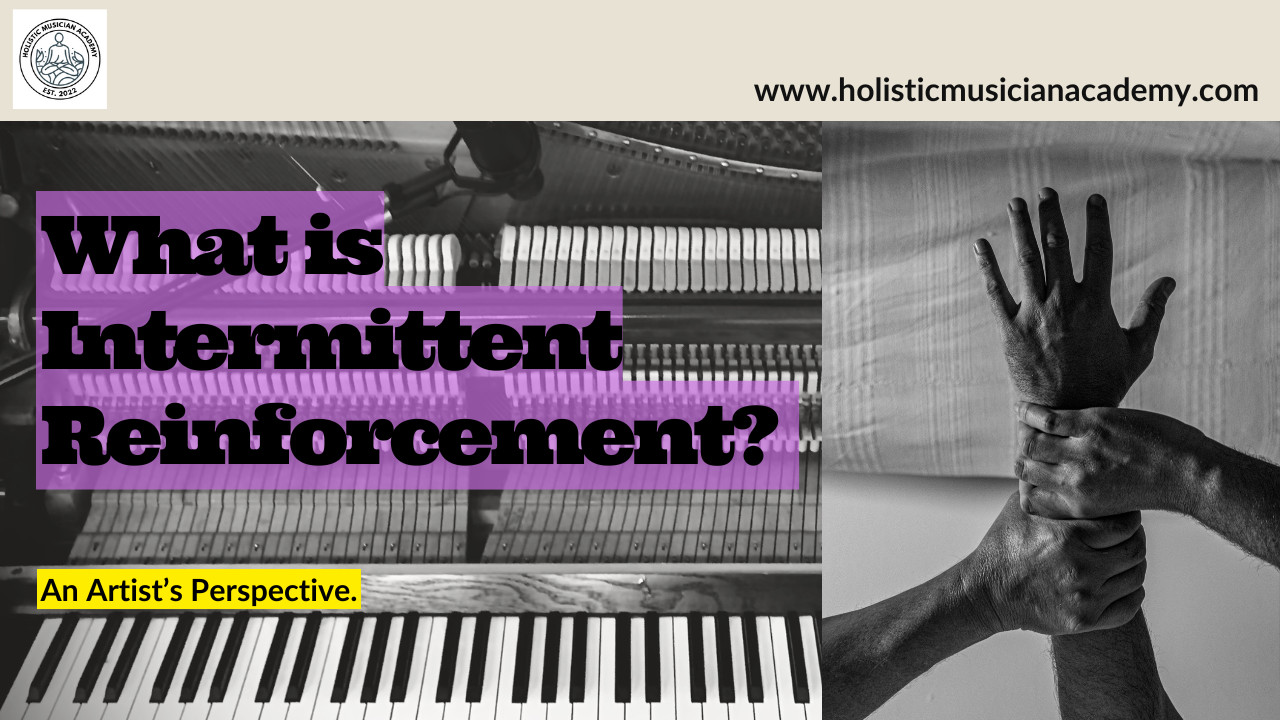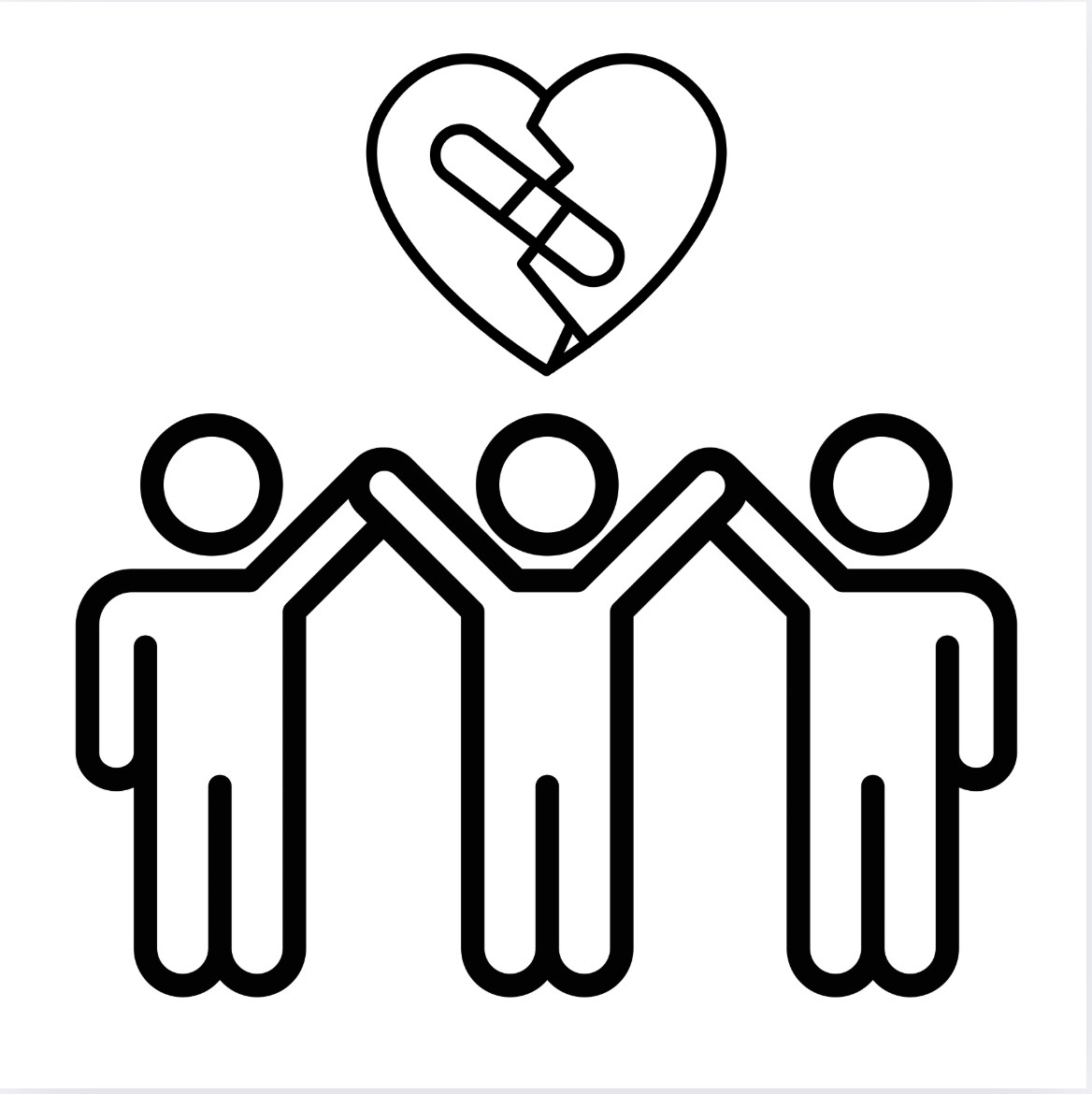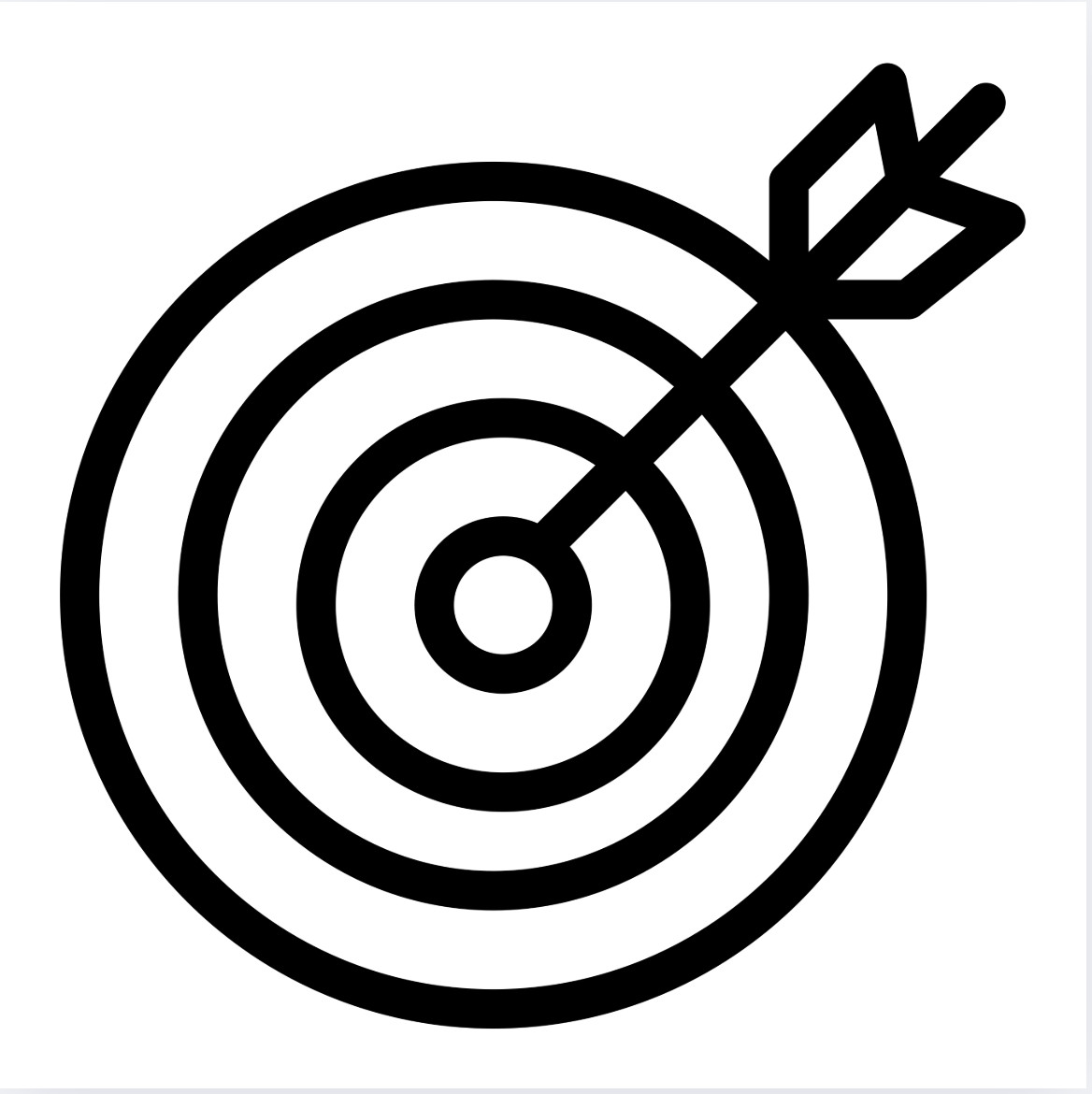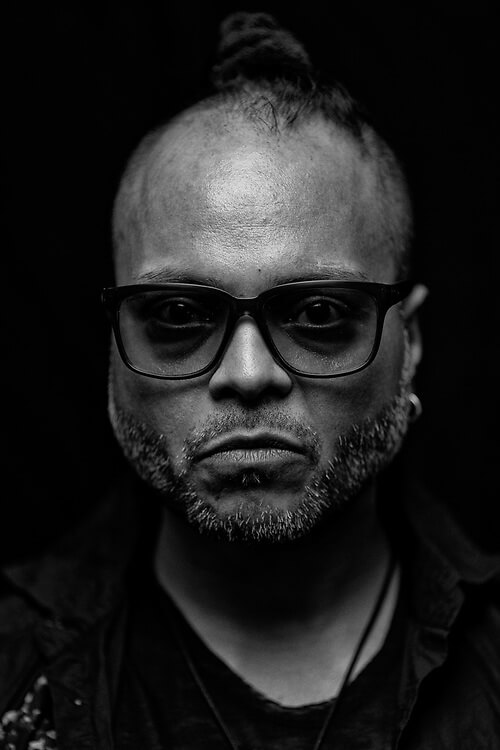
The Five D's—Death, Disease, Divorce, Discernment, Disillusionment. How these critical junctures often arise when we ignore the subtle signals that nudge us towards change. This post illuminates the benefits of a proactive approach and challenges the cultural narratives of self-sufficiency that often hinder our growth.
Read more...
Dive into the complex dance between creativity and inconsistency, where unpredictability becomes strangely comforting and fuels the artistic journey with a subtle pull akin to gambling addiction. Understand intermittent reinforcement, a pattern that molds behavior through inconsistent feedback, reshaping the nervous system and embedding a sense of normalcy in shifting realities.
Read more...



